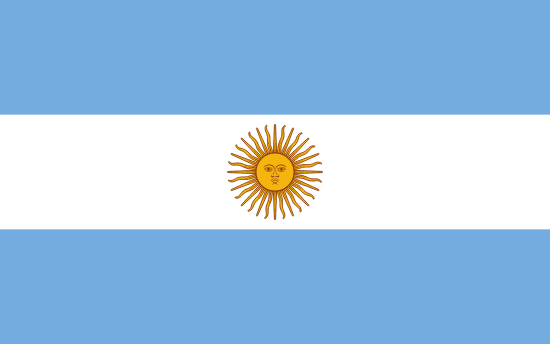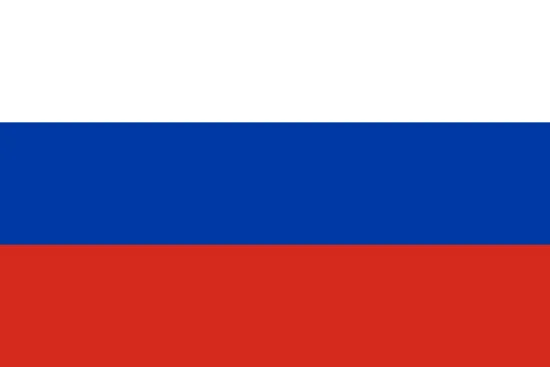
PS-400S sensor de ranura óptica borde de seguimiento de salida analógica para materiales penetrantes de papel de bolsa tejida de tela no tejida
FOB Referencia Precio Cantidad de compra (Pieza)
>= 1 Pieza
US $150.00
Cantidad mínima de pedido1 Pieza
PagoT/T,Western Union,Money Gram
-
+
todas las categorias
Más vendidos

Pluma de prueba de Dyne para probar la efectividad del tratamiento de la corona.
US $35.00 ~ 60.00
>= 10 piece
Añadir al carrito

Embrague de polvo magnético de eje hueco HW-FL para una máquina de rebobinado
US $85.00 ~ 500.00
>= 1 piece
Añadir al carrito

Interruptor de sensor de posición de borde NT6-RG22-2 para maquinaria de plástico
US $80.00 ~ 90.00
>= 1 piece
Añadir al carrito

Interruptor fotoeléctrico Z3N-TB22 para máquina de fabricación de bolsas
US $40.00 ~ 45.00
>= 1 piece
Añadir al carrito
- VISIÓN DE CONJUNTO
- ESPECIFICACIONES
- OTRO,OTRA
Main Characteristics Comparison of US-400S and PS-400S
- U-shape (slot) photoelectric sensor
- Support the analog output and two-way output: dual PNP/NPN switch signal output, adjustable polarity, more accurate deviation correction
![PS-400S sensor de ranura óptica borde de seguimiento de salida analógica para materiales penetrantes de papel de bolsa tejida de tela no tejida]()
Distinguishes of Technical Parameters between US-400S and PS-400S

| Model type | US-400S | PS-400S |
|---|---|---|
| Tracking mode | Edge tracking | Edge tracking |
| Power input | DC12V | DC10~30V |
| Output signal | 0~5V dual-way switch signal | Dual-way analog output 0~5V dual-way NPN |
| Detect range | 6mm±3.0mm | 5mm±2.5mm |
| Detect precision | ±0.05mm | Adjustable ±0.02mm |
| Detect method | 200K ultrasonic shot | Photoelectric through beam |
| Material calibration | Automatic | Manual adjustment |
| Shell material | Aluminum alloy | Aluminum alloy |
Adjustment steps of PS-400S
 1. Press the "SET" button for above 3 seconds, until the indicator lights all flash.
1. Press the "SET" button for above 3 seconds, until the indicator lights all flash.
 2. Remove the materials away. Short press "SET" and the indicator light-the blue light in the middle flashes.
2. Remove the materials away. Short press "SET" and the indicator light-the blue light in the middle flashes.
 3. Completely cover the light source of PS-400S sensor lens with materials. Short press "SET" and wait 3 seconds to automatically calibrate the material.
3. Completely cover the light source of PS-400S sensor lens with materials. Short press "SET" and wait 3 seconds to automatically calibrate the material.
4. Check the calibration: move away the materials, one side of lights is on; cover the materials, another side of lights is on.
The size is the same as US-400S

Wiring connection


Más elecciones

Z3V Series infrared photoelectric sensor U shape photo electric switch groove type dual way control deviation sensor
US $65.00
>= 1 piece
Añadir al carrito

JL-50 series contrast sensor intelligent color mark photoelectric sensor PNP NPN output similar to Italy DATALOGIC TL50
US $90.00 ~ 110.00
>= 1 piece
Añadir al carrito

Z3S Series 24V photoelectric sensor mark detect photoelectric switch NPN for cutting machine
US $50.00 ~ 70.00
>= 1 piece
Añadir al carrito

PS-400S optical slot sensor analog output tracking edge for non-woven fabric cloth woven bag film paper penetrating materials
US $150.00
>= 1 piece
Añadir al carrito


 English
English العربية
العربية français, langue française
français, langue française हिन्दी, हिंदी
हिन्दी, हिंदी Bahasa Indonesia
Bahasa Indonesia فارسی
فارسی Português
Português русский
русский Afrikaans
Afrikaans






